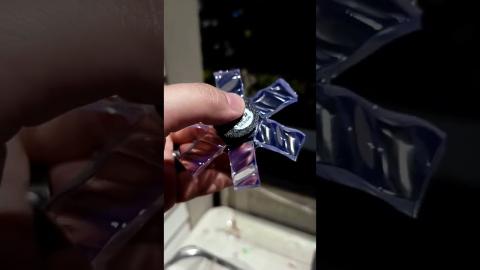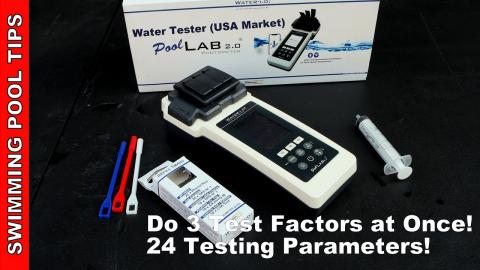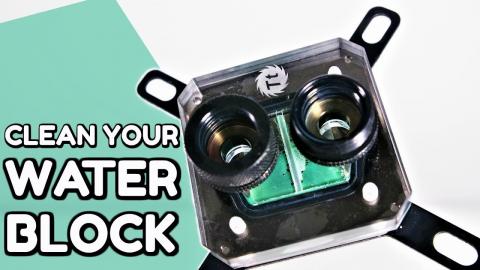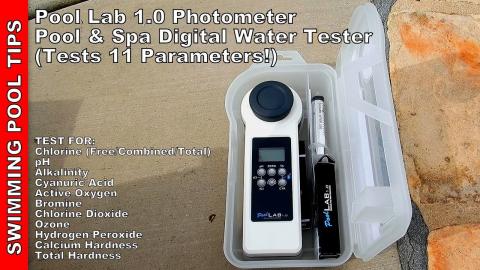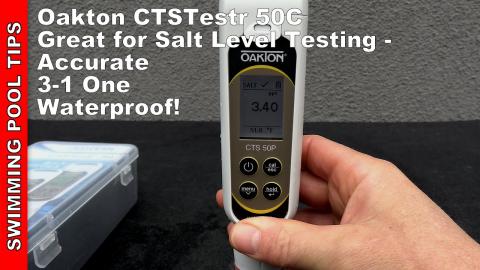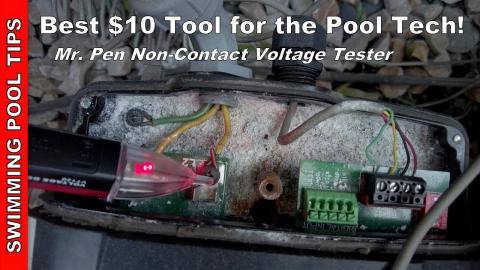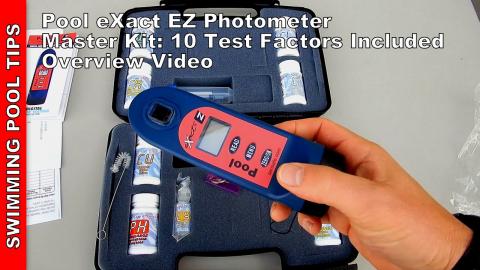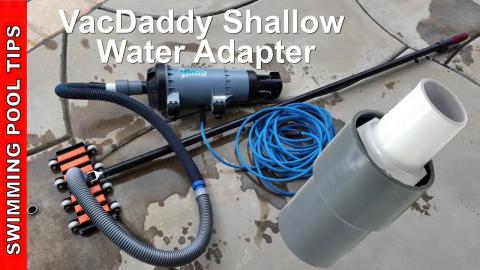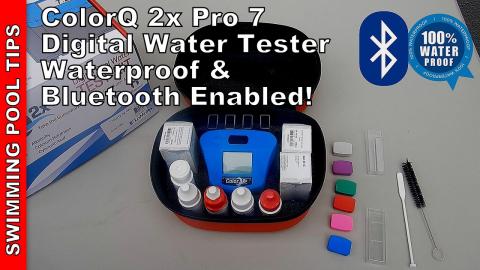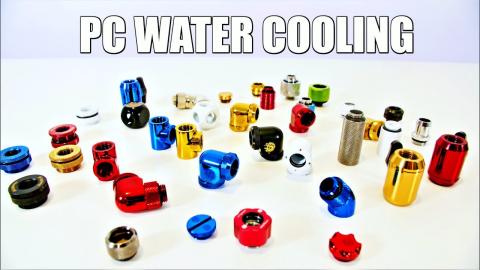My Go To Water Tester
Description
Here is a rundown of the different testing methods for your pool and spa. Each method has their pros and cons and I find a variety of methods works best.
The Reagent Test Kits use a drop test, and when the reagent solution is entered into the water sample, a color change occurs. Taylor is the leading manufacturer of these reagent test kits, and you can also purchase an essential Pool Master Kit at your local pool store. The reagents can test for important factors like Chlorine, Free Chlorine, Total Chlorine, Bromine, Alkalinity, pH, Calcium Hardness, and CYA (Conditioner). These kits are easy to use and a great way to test your pool and spa water each week. The Taylor K-2005 and K-2006 are popular test kits.
The drawback of the reagent test kit is user error. You will get a false reading if you don't add the correct number of drops. If the reagents are expired, you will also get an inaccurate reading. Like test strips, you match colors to get your reading, so if you need to improve at distinguishing colors, you will have trouble reading the correct results. But these are minor drawbacks, and as you gain experience with the Reagent Test Kits, you will get better at reading the right results. Some popular test kits are the Taylor K-2005 and K-2006, which I use on my pool route.
Photometer Testers are gaining popularity, and they are the only test kit that will give you a spot-on reading of the test factors. The LaMotte Color Q 2X Pro7 & 2X Pro9 is a trendy photometer test kit, and the new Pool Lab 2.0 is also a great test kit. These kits operate when an electronic photometer reads the color spectrum of the reagent or tablet in the water sample. Since the photometer can read the exact color of the water sample, it can give you an accurate digital reading of the test factor. If you are doing a pH test, for example, it will give you the pH down to the exact level, like 7.5. This can't be done with test strips or the reagent test kits. These are great for Commercial accounts or homeowners struggling with color matching.
The drawback with the photometer testers is the price point. Since they are more advanced, the price point is typically 3-4 times that of a premium reagent test kit. However, a photometer tester is suitable if you look for the most accurate test results without guessing the actual reading.
One of the most advanced Photometer Testers is the LaMotte Spin Touch Mobile, which does 10 test factors in one minute! The price point is nearly $1,000, and each disk is $2.50. Still, it can do all of these tests in less than a minute and give you a digital readout of all of them: Free Chlorine (DPD) 0-15 ppm, Total Chlorine (DPD) 0-15 ppm, Bromine (DPD) 0-33 ppm, pH 6.3-8.6, Calcium Hardness 0-800 ppm, Total Alkalinity 0-250 ppm, Cyanuric Acid 5-150 ppm, Copper 0-3.0 ppm, Iron 0-3.0 ppm, Salt 0-6000 ppm, Phosphate 0-2000 ppb.
Test strips are not only popular but very easy to use. Many different manufacturers make them, like AquaChek, Taylor, and LaMotte, to name a few, and you can find them just about everywhere, from your grocery store to hardware store and local pool store. You can also purchase them online, and many different types of strips are available for testing everything from chlorine and borate to copper in the water. The ease of use of test strips makes these great for beginners. Just dip them in the water sample and match the strip's color to the guide on the back of the bottle. The color matching is accurate and will give you a good range of the chemistry levels in your pool or spa.
The drawback of the test strips is that you will get an approximate color match only sometimes. So, it is open to user interpretation, sometimes giving you the wrong results. For instance, you may think the color indicates the Alkalinity is at 160 ppm, but it is at 120 ppm because you didn't match the color correctly. You are only getting a ballpark reading with a test strip and not a spot-on reading that you would get with a Photometer tester, which I will cover later.
Visit my Website: http://www.swimmingpoollearning.com/
eBook: https://www.swimmingpoollearning.com/swimming-pool-care-ebook
YouTube Video Index: http://poolmandave.blogspot.com/2014/03/swimming-pool-tips-reviews-how-to-video.html – A list of all of my videos.
Blogger: http://poolmandave.blogspot.com/
Facebook: https://www.facebook.com/swimmingpoollearning/
Coaching Site: https://poolguycoaching.com/
Shop at Leslie's: Leslie’s Pool Supplies has been a do-it-yourselfer and pool trade professionals' trusted partner since 1963, providing quality products and services to make pool care easy and solutions and expertise to do it right. http://lesliespool.com/?utm_medium=referral&utm_source=spll&utm_campaign=spll
If you are not using pool service software Try Skimmer free for 30 days at https://www.getskimmer.com/poolguy
Skimmer, Everything you need to run your pool service business, all in one app


